|
Athletic Feet
Ballet Most children start this performance dance at the age of 4 (ballet studios usually do not receive children below that age, or if they do, children would be enrolled in pre-ballet classes); However, children’s bones are too soft for the physical training and the high demand of exercises in ballet. That is why experts recommend delaying ballet training until the age of 11-12 when the growth plates are strong enough to take the pressure of going en pointe. It is also worth recalling that the development of the foot structure in each child is different. The best advice is to visit a Podiatrist to know exactly if your child’s feet are ready for this high performance activity. Ballet might cause the following foot conditions:
|
Being involved in physical activities benefits the body, mind and soul of the youth. Studies have shown that youth involved in physical activitites have stronger social skills and make healthier choices in their lives. However, being involved in sports can lead to the development of early foot conditions such as: Bunions, Heel Pain, Fungal Infections, Ingrown Toenails and also increases risk of foot injuries. Stress fractures Stress fractures are a common injury in youg athletes. They are tiny cracks in the bone, either in the metatarsal bone (bones that connect the toes to the foot), or the calcaneus bone (same as heel bone). This injury is caused by a repetitive movement or the overuse of the bone over a period of time. According to the APMA (American Podiatric Medical Association), 30 to 60 percent of young athletes will have an overuse injury at some point in time.
Symptoms Symptoms start with feet pain while playing sports. The pain increases and gets constant even when the youth is resting. If not treated on time, the damage can be severe and the pain may increase and spread to the legs. |
| Sprains & Strains A sprain happens when the ligaments that connect the bones stretch or tear. A strain occurs when a muscle or tendon pulls away from the bone. Falling hard or landing in a bad position, twisting or moving the joints in the wrong way, or lifting something heavy, can lead to sprains and/or strains. Symptoms
| Heel Spur Syndrome
Symptoms of heel spurs may include pain, inflammation, and swelling at the front of your heel. The affected area may also feel warm to the touch. The symptoms may spread to the arch of the foot. Heel spurs develop over time. They tend to occur when symptoms such as heel pain are ignored. Repetitive stress from walking, jumping or running, plus wearing shoes without support might lead to heel spurs. |
Avoid foot problems in young athletes
Alternate sports and exercises. Researches have shown that youth involved in different sports are less likely to get overuse injuries.
|
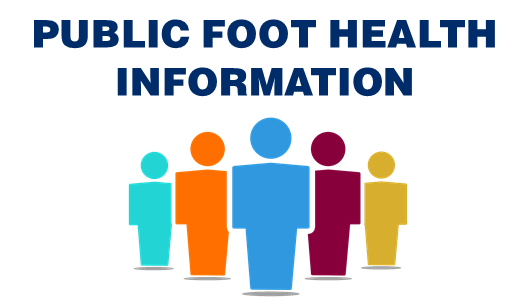

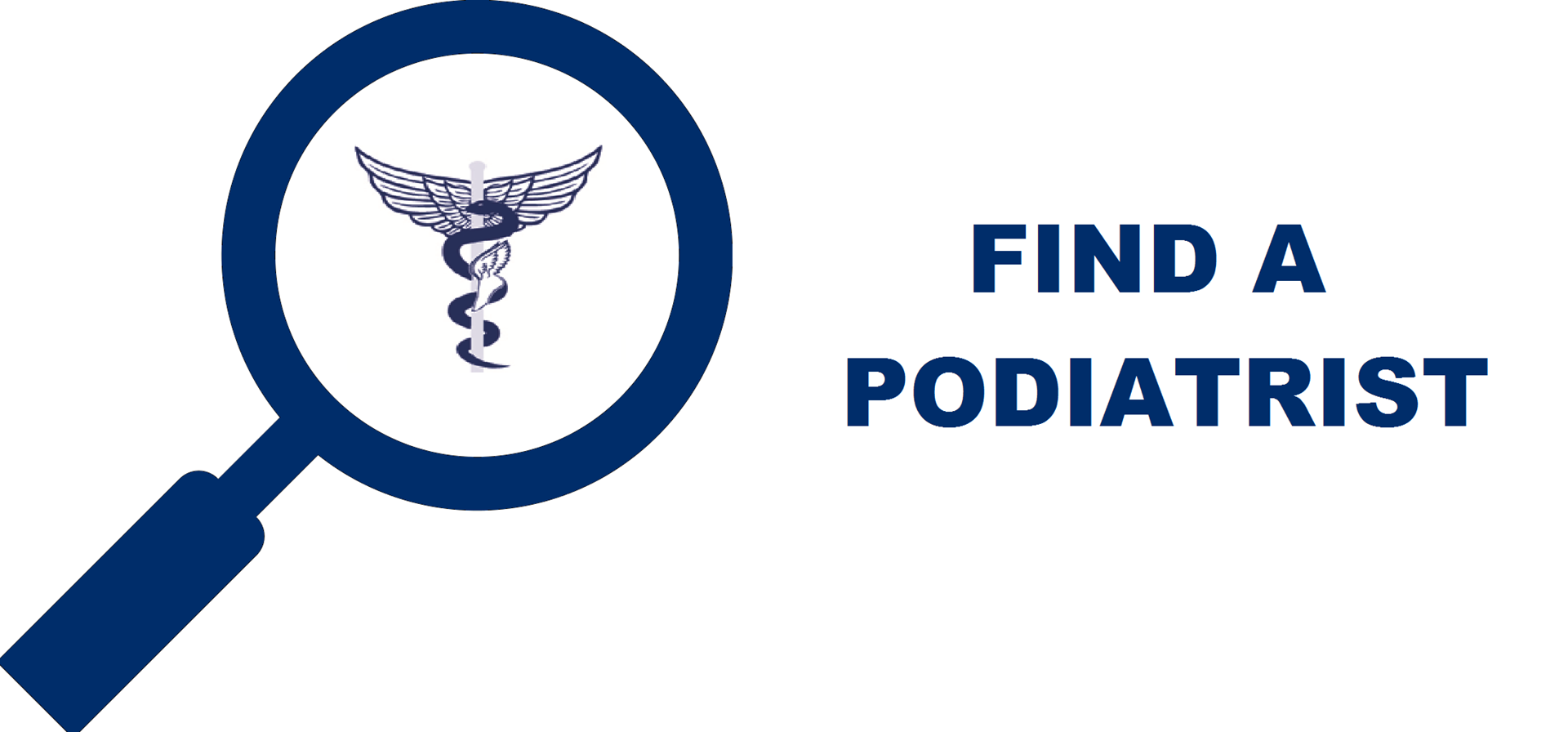
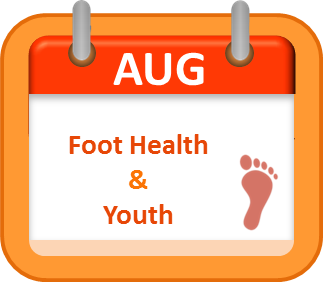
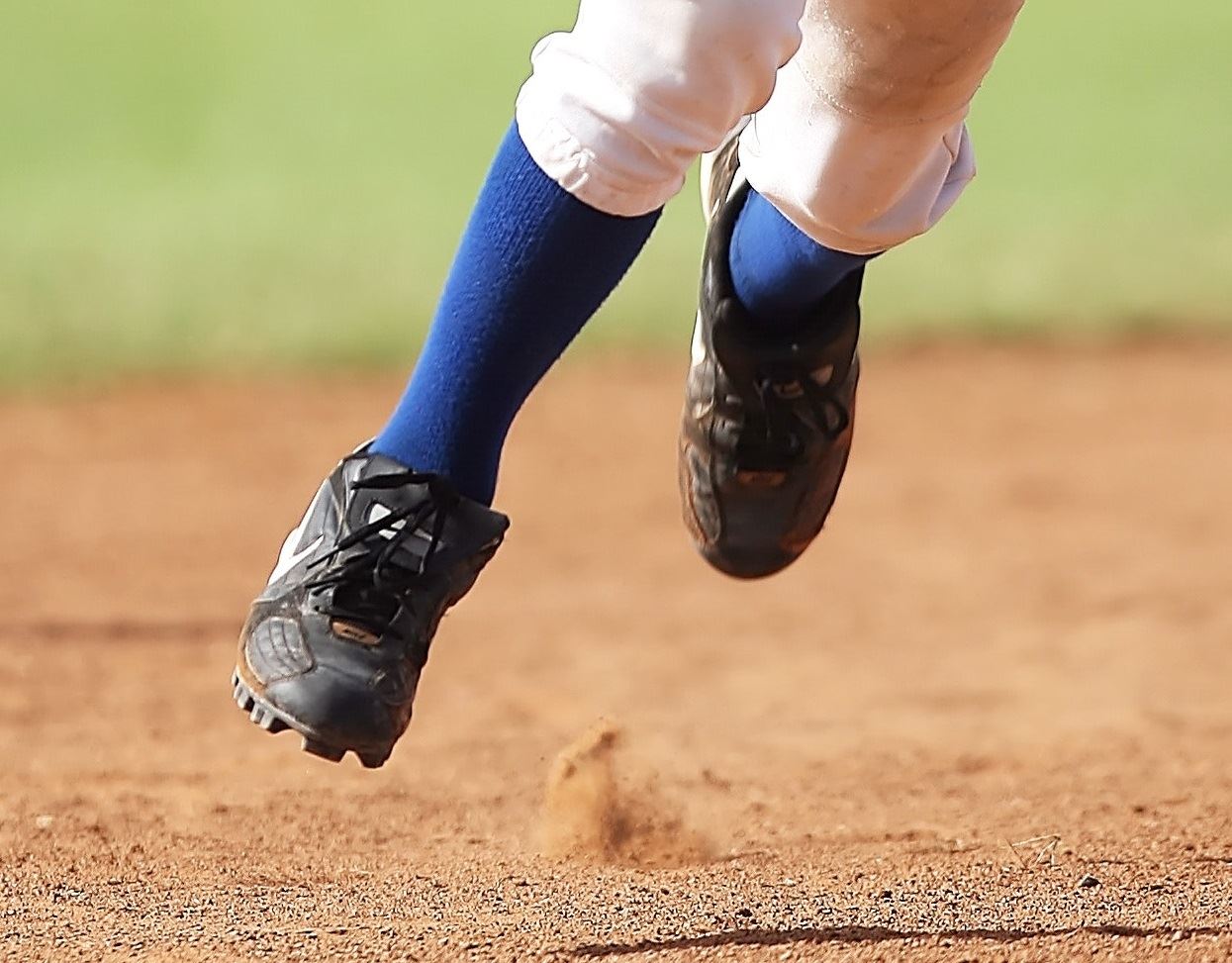


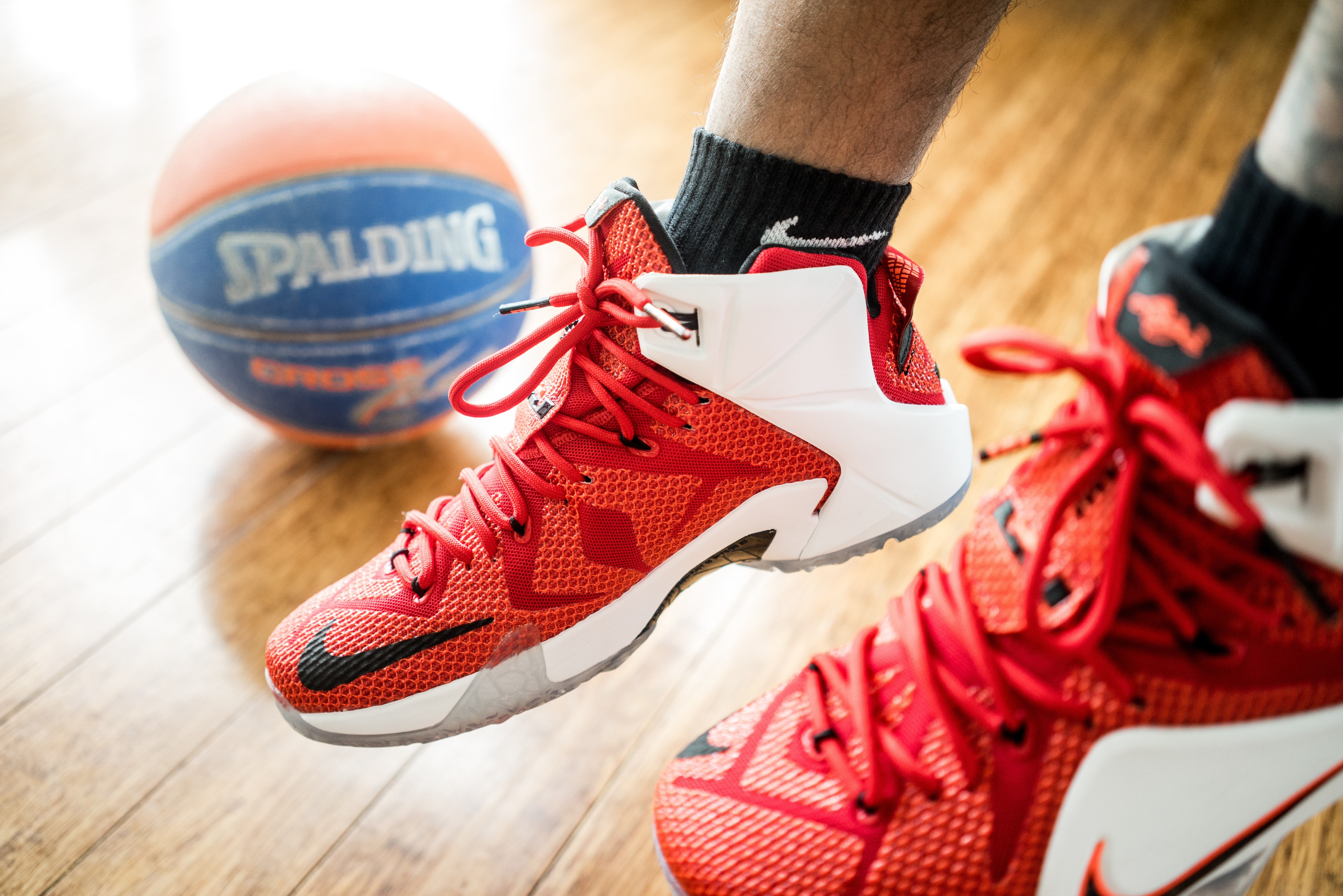
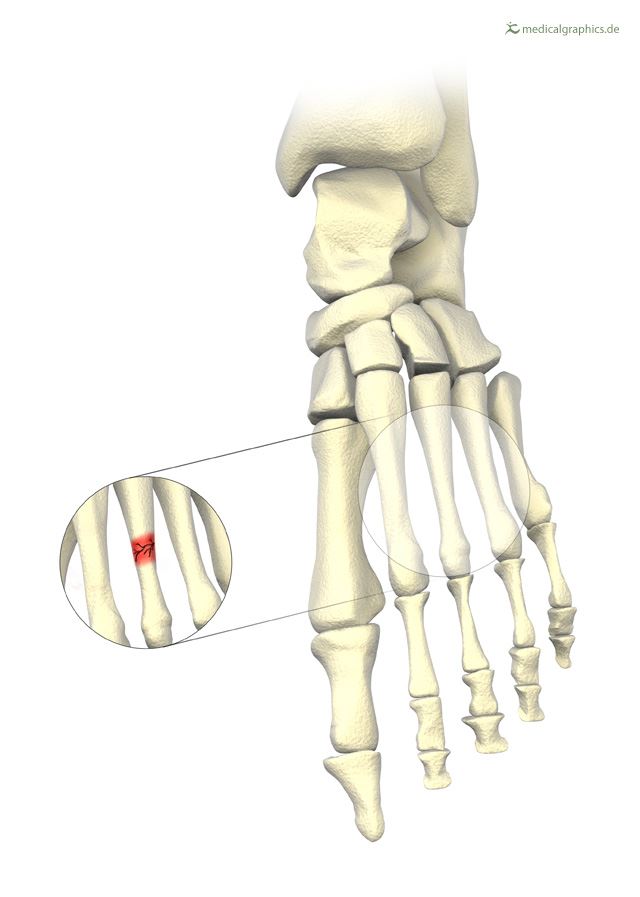 Factors that contribute to stress fracture in young athletes:
Factors that contribute to stress fracture in young athletes: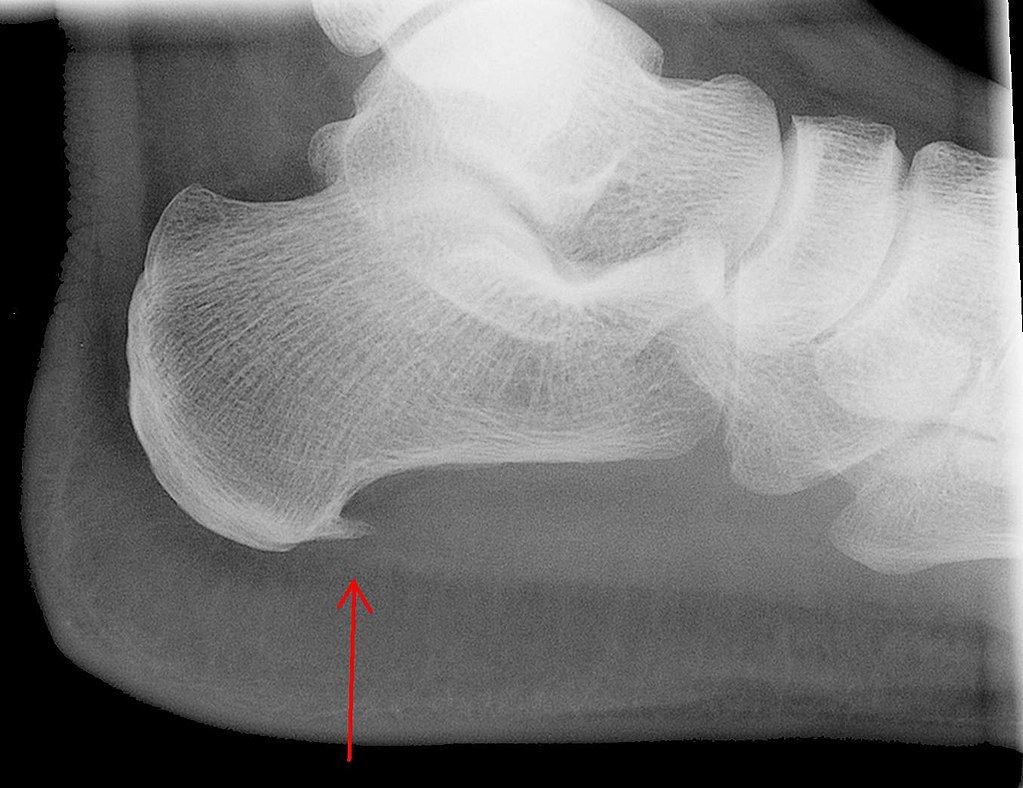 A
A
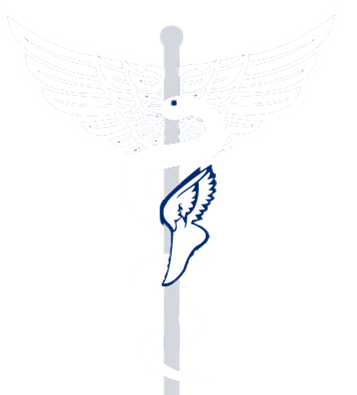 Visit a Podiatrist before starting any training. A general checkup can help us to prevent future injuries or the development of foot conditions.
Visit a Podiatrist before starting any training. A general checkup can help us to prevent future injuries or the development of foot conditions.